
Yale College is the undergraduate college of Yale University. Founded in 1701, it is the original school of the university. Although other Yale schools were founded as early as 1810, all of Yale was officially known as Yale College until 1887, when its schools were confederated and the institution was renamed Yale University. It is ranked as one of the top colleges in the United States.
Thomas Clap or Thomas Clapp was an American academic and educator, a Congregational minister, and college administrator. He was both the fifth rector and the earliest official to be called "president" of Yale College (1740–1766). He is best known for his successful reform of Yale in the 1740s, partnering with the Rev. Dr. Samuel Johnson to restructure the forty-year-old institution along more modern lines. He convinced the Connecticut Assembly to exempt Yale from paying taxes. He opened a second college house and doubled the size of the college; Yale graduated more students than Harvard beginning in 1756. He introduced Enlightenment math and science and Johnson's moral philosophy into the curriculum, while retaining its Puritan theology. He also helped found the Linonian Society in 1753, a literary and debating society and one of Yale's oldest secret societies. He personally built the first Orrery in America, a milestone of American science, and awarded his friend Benjamin Franklin an honorary degree.

The New Haven Green is a 16-acre (65,000 m2) privately owned park and recreation area located in the downtown district of the city of New Haven, Connecticut, United States. It comprises the central square of the nine-square settlement plan of the original Puritan colonists in New Haven, and was designed and surveyed by colonist John Brockett. Today the Green is bordered by the modern paved roads of College, Chapel, Church, and Elm streets. Temple Street bisects the Green into upper (northwest) and lower (southeast) halves.
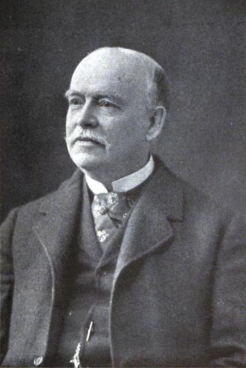
Josiah Cleaveland Cady or J. Cleaveland Cady, was an American architect known for his designs in Romanesque and Rundbogenstil styles. He was also a founder of the American Institute of Architects.
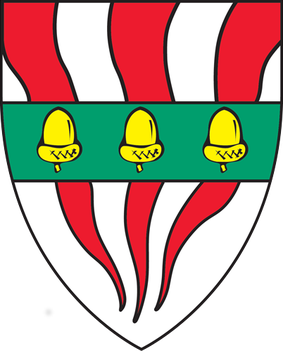
Silliman College is a residential college at Yale University in New Haven, Connecticut, named for scientist and Yale professor Benjamin Silliman. It opened in September 1940 as the last of the original ten residential colleges, and contains buildings constructed as early as 1901.

Marycrest College Historic District is located on a bluff overlooking the West End of Davenport, Iowa, United States. The district encompasses the campus of Marycrest College, which was a small, private collegiate institution. The school became Teikyo Marycrest University and finally Marycrest International University after affiliating with a private educational consortium during the 1990s. The school closed in 2002 because of financial shortcomings. The campus has been listed on the Davenport Register of Historic Properties and on the National Register of Historic Places since 2004. At the time of its nomination, the historic district consisted of 13 resources, including six contributing buildings and five non-contributing buildings. Two of the buildings were already individually listed on the National Register.

The Old Campus is the oldest area of the Yale University campus in New Haven, Connecticut. It is the principal residence of Yale College freshmen and also contains offices for the academic departments of Classics, English, History, Comparative Literature, and Philosophy. Fourteen buildings—including eight dormitories and two chapels—surround a 4-acre (1.6 ha) courtyard with a main entrance from the New Haven Green known as Phelps Gate.
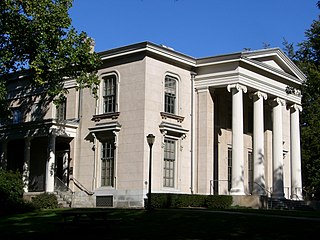
Hillhouse Avenue is a street in New Haven, Connecticut, famous for its many nineteenth century mansions, including the president's house at Yale University. Both Charles Dickens and Mark Twain have described it as "the most beautiful street in America." Much of the avenue is included in the Hillhouse Avenue Historic District, which extends to include houses on adjacent streets.

Yale Divinity School (YDS) is one of the twelve graduate and professional schools of Yale University in New Haven, Connecticut.
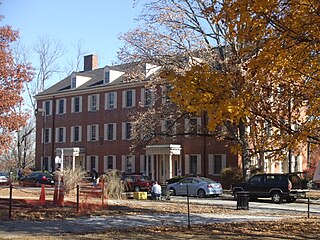
Elliott and Stoddard Halls are the two oldest remaining buildings on Miami University's Oxford Ohio campus today. Built in 1825 (Elliott) and 1836 (Stoddard), they were designed in the Federal style and modeled after Connecticut Hall at Yale University. They continue to be used as dormitory buildings, making them the two oldest college dormitories still in use in Ohio. They were the original dormitories on the campus and were built to house students who attended classes at Miami's campus. They have both been through a number of renovations, most recently in 2011. The dorms are located in between the two academic quads located in the center of Miami's campus. They face another landmark on the campus, the Miami University seal. Over time they have become landmarks on the campus and are considered two of the most prestigious dorms to live in. They are also listed on the National Register of Historic Places. Today, they house students in the Scholar Leaders program. The buildings are named for early Miami professors Charles Elliott and Orange Nash Stoddard.

North Hall was the University of Wisconsin's first building. Built in 1851 in the woods and brush that would become Bascom Hill, this one building was the UW for its first four years, housing both dorm rooms and lecture halls. John Muir resided in North Hall when he was a student at the university from 1860 to 1863.

Manasseh Cutler Hall is the oldest academic building at Ohio University and the oldest in the original Northwest Territory of the United States. It is located at the center of the Ohio University campus in Athens, Ohio. A National Historic Landmark, it continues to house school offices. It was named for Manasseh Cutler, a New England physician, botanist, and minister who wrote the University's charter in 1804.
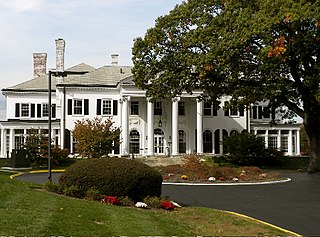
The Prospect Hill Historic District is an irregularly-shaped 185-acre (75 ha) historic district in New Haven, Connecticut. The district encompasses most of the residential portion of the Prospect Hill neighborhood.
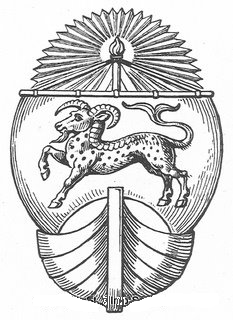
St. Elmo Society, or Elmo's, is a secret society for seniors at Yale University. It was founded in 1889 as part of the national fraternity, Delta Phi (ΔΦ). St. Elmo's is a member of the “ancient eight consortium” which includes the seven other original societies at Yale: Skull and Bones, Scroll and Key, Wolf's Head, Book and Snake, Elihu, Berzelius, and Mace and Chain.
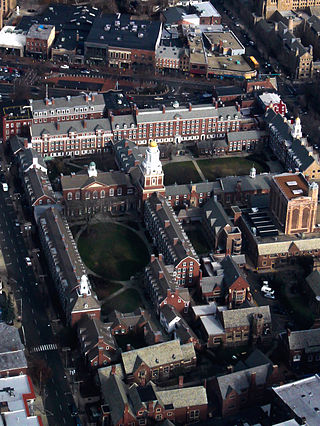
Yale University has a system of fourteen residential colleges with which all Yale undergraduate students and many faculty are affiliated. Inaugurated in 1933, the college system is considered the defining feature of undergraduate life at Yale College, and the residential colleges serve as the residence halls and social hubs for most undergraduates. Construction and programming for eight of the original ten colleges were funded by educational philanthropist Edward S. Harkness. Yale was, along with Harvard, one of the first universities in the United States to establish a residential college system.

McMillan Hall is a building on the campus of Washington & Jefferson College in Washington, Pennsylvania, United States. Built in 1793, it is the only surviving building from Washington Academy. It is the eighth-oldest academic building in the United States that is still in use for its original academic purpose and is the oldest surviving college building west of the Allegheny Mountains.

The Gorgas–Manly Historic District is a historic district that includes 12 acres (4.9 ha) and eight buildings on the campus of the University of Alabama in Tuscaloosa, Alabama. The buildings represent the university campus as it existed from the establishment of the institution through to the late 19th century. Two buildings included in the district, Gorgas House and the Little Round House, are among only seven structures to have survived the burning of the campus by the Union Army, under the command of Brigadier General John T. Croxton, on April 4, 1865. The other survivors were the President's Mansion and the Old Observatory, plus a few faculty residences.

Durfee Hall is a freshman residential dormitory on the Old Campus of Yale University. Built in 1871, it is the second oldest residential building at Yale, only after Farnam Hall. Currently, the building is used to house first-year students of Morse College, who stay there for the duration of their freshman year before moving into Morse College proper.

The Queens Campus or Old Queens Campus is a historic section of the College Avenue Campus of Rutgers, The State University of New Jersey in New Brunswick, New Jersey, in the United States.

Henry Parks Wright (1839–1918) was an American teacher and professor who became the first college dean of Yale University.






















